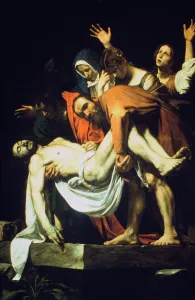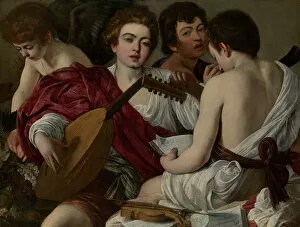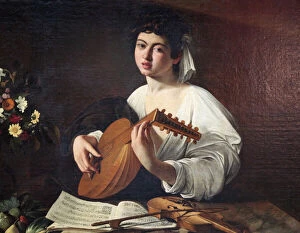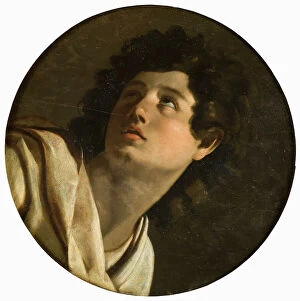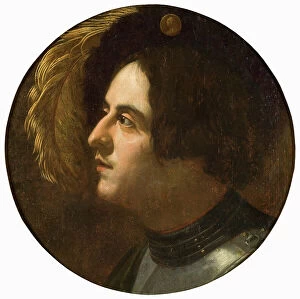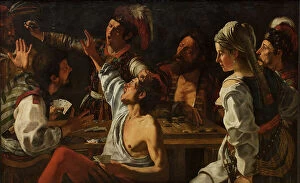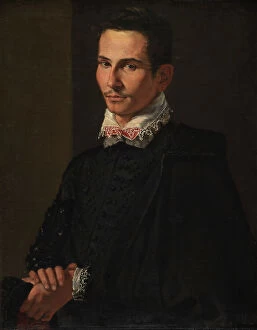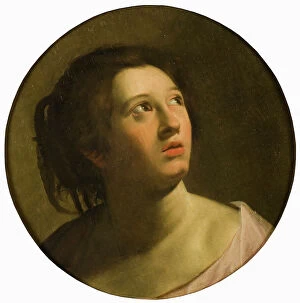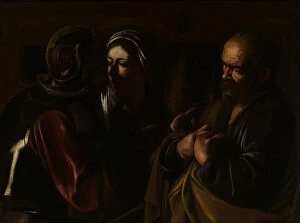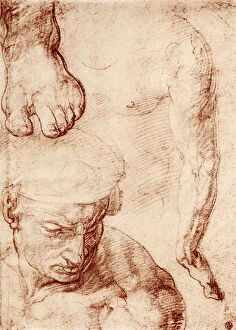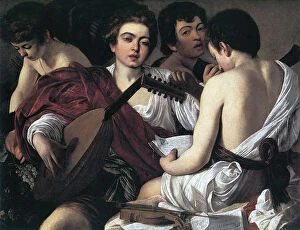Michelangelo Caravaggio Collection
Michelangelo Caravaggio, a renowned Italian artist of the 16th and 17th centuries
For sale as Licensed Images
Choose your image, Select your licence and Download the media
Michelangelo Caravaggio, a renowned Italian artist of the 16th and 17th centuries, left an indelible mark on the art world with his captivating and emotionally charged masterpieces. One such work is "The Laying in the Tomb (The Deposition / The Entombment)" created between 1602-1604. In this painting, Caravaggio skillfully captures the sorrow and grief surrounding Christ's burial. Another notable piece by Caravaggio is "The Musicians" from 1597. This composition showcases his ability to depict ordinary subjects with extraordinary realism. The figures in this artwork exude a sense of youthful energy as they engage in music-making. Caravaggio's talent for capturing human emotion can also be seen in "Lute-Player, " painted around 1595. Through his use of light and shadow, he brings depth and intensity to this simple scene of a musician lost in his melodies. "The Entombment of Christ" by Ignazio di Paolo Bonajuti pays homage to Caravaggio's iconic masterpiece while adding its own unique interpretation. Created in 1817, it demonstrates how Caravaggio's influence continued long after his death. Giovanni Baglione's "The Ecstasy of Saint Francis" echoes Caravaggio's style with its dramatic lighting and emotional intensity. Painted in 1601, it depicts Saint Francis experiencing divine ecstasy amidst nature's beauty. Tommaso Piroli’s rendition of "The Entombment" from 1772-1824 further exemplifies how artists were inspired by Caravaggio’s original work throughout history. In another powerful creation titled "The Denial of Saint Peter, " Michelangelo Caravaggio explores themes of betrayal and remorse through vivid facial expressions and dynamic composition dating back to1610.

